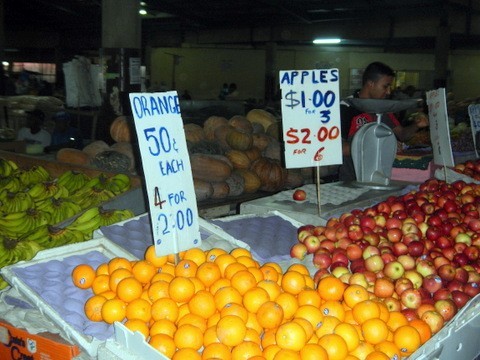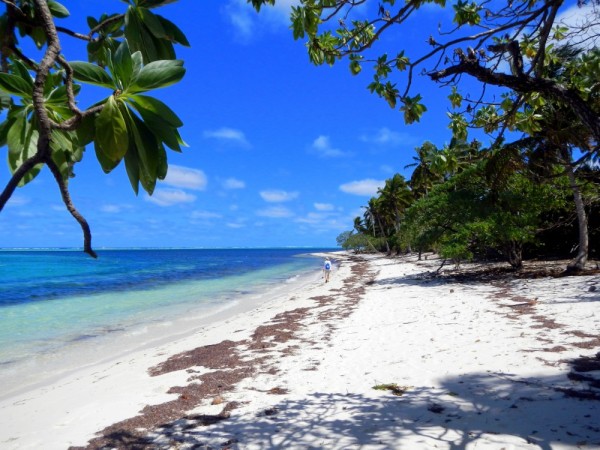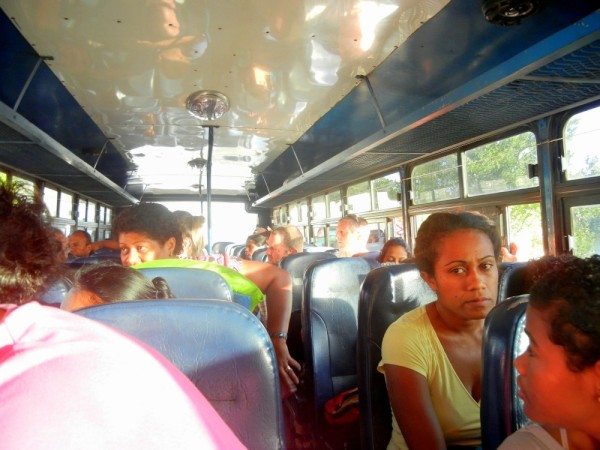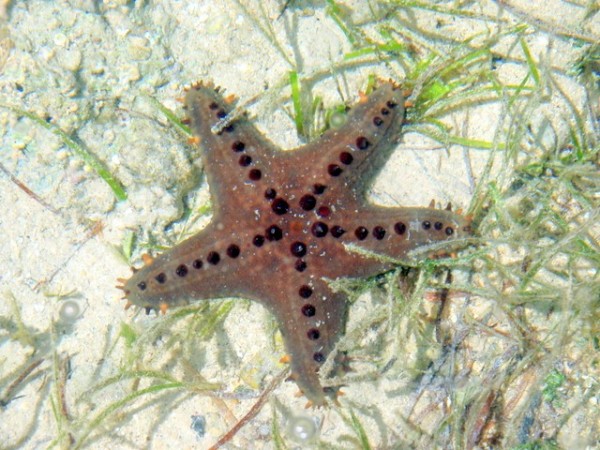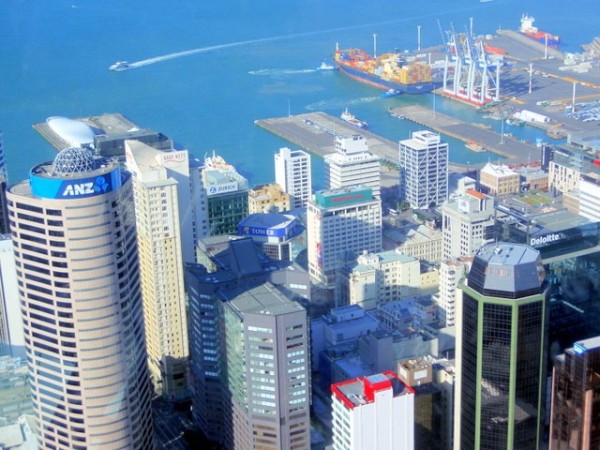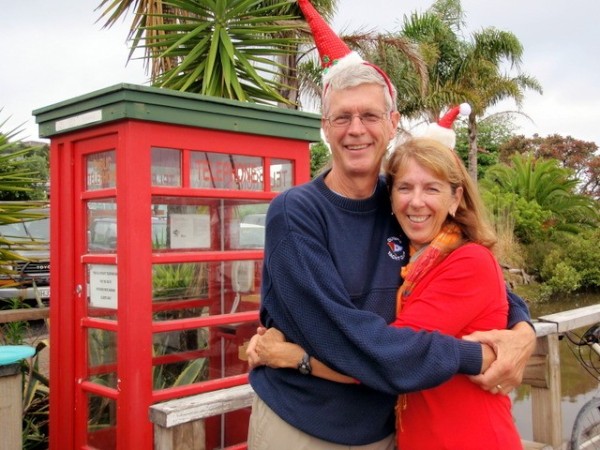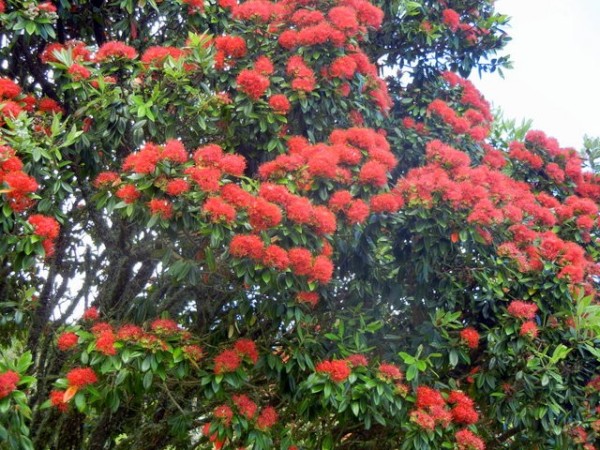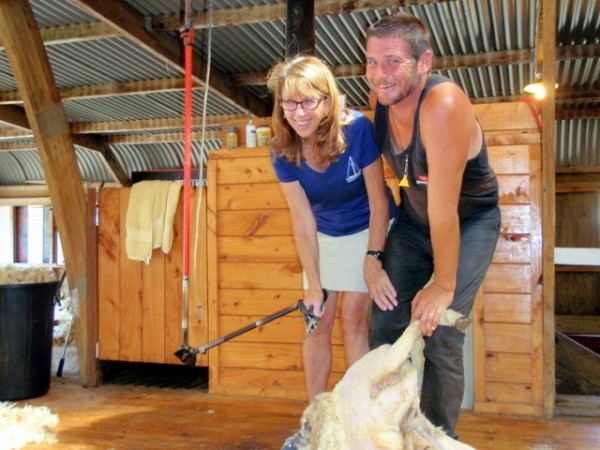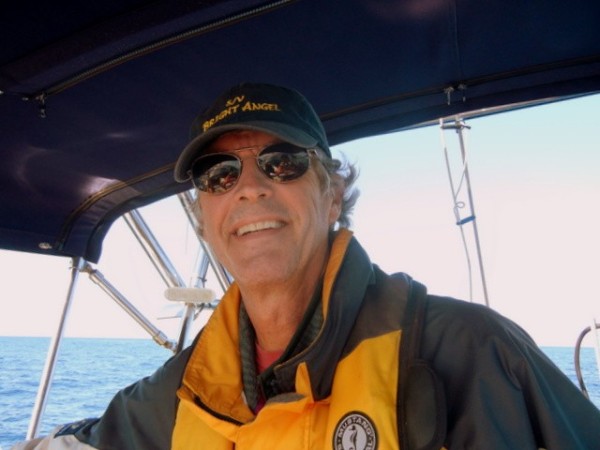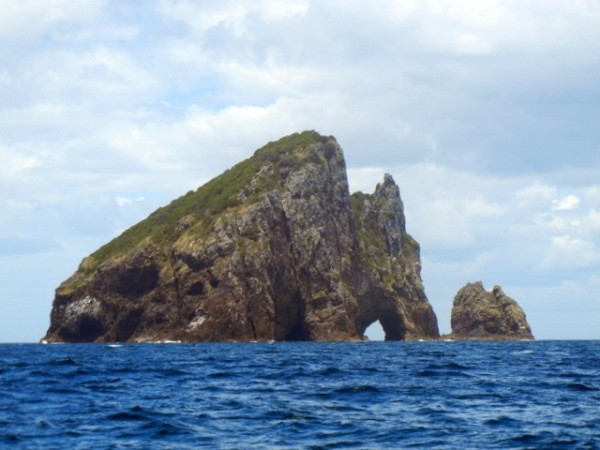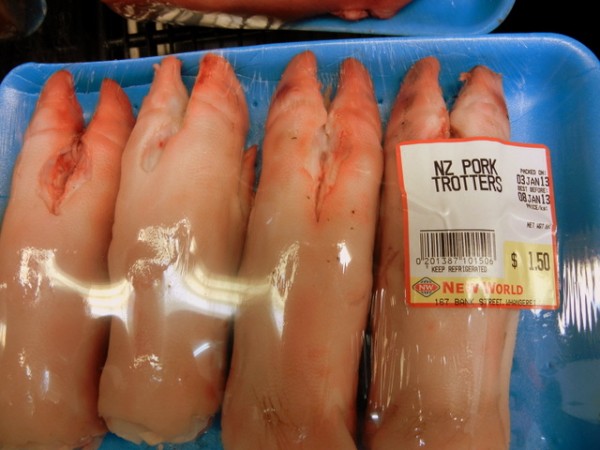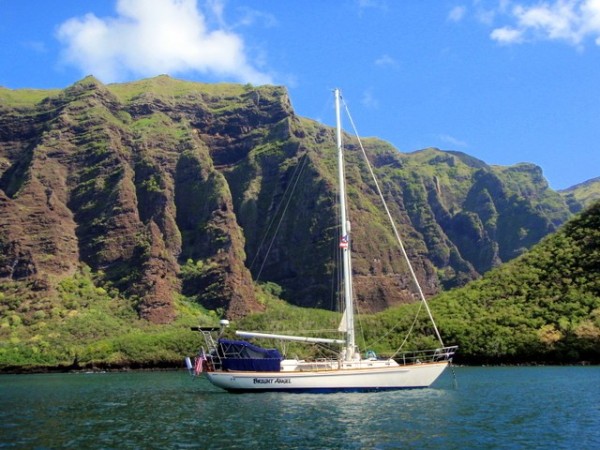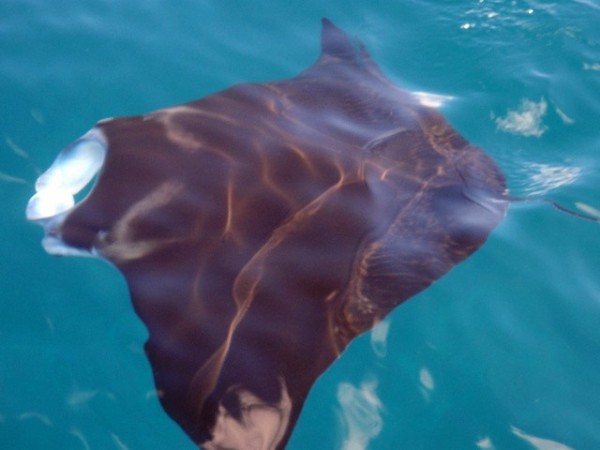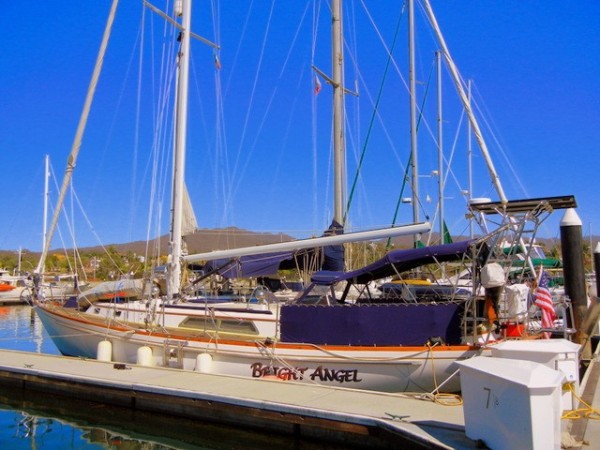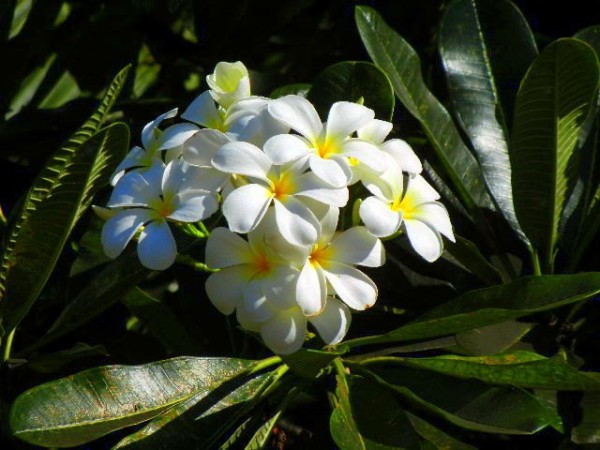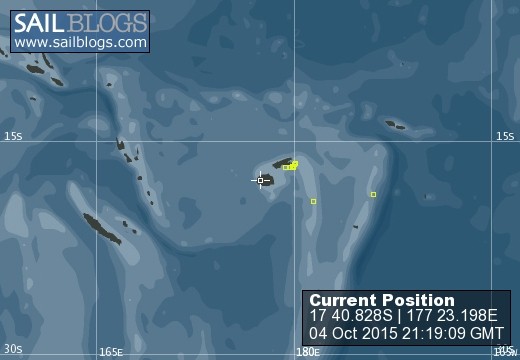
SailBrightAngel
The Adventure Continues
20 October 2013 | Fulanga, Southern Lau Group, Fiji
20 October 2013 | Village of Maunaithaki, Fulanga, Lau Group, Fiji
20 October 2013 | Village of Maunaithaki, Fulanga, Lau Group, Fiji
20 October 2013 | Southern Lau Group, Fiji
29 September 2013
10 August 2013 | Savusavu, Vanua Levu
06 July 2013
06 July 2013
06 July 2013
03 July 2013
02 July 2013
01 July 2013
29 June 2013
24 June 2013
13 November 2012 | Vava'u, Tonga
04 September 2012 | Bora Bora, French Polynesia
31 July 2012 | Uturoa, Raiatea
14 June 2012 | Tiputa, Rangiroa, Tuamotus
The Kingdom of Tonga
13 November 2012 | Vava'u, Tonga
Linda
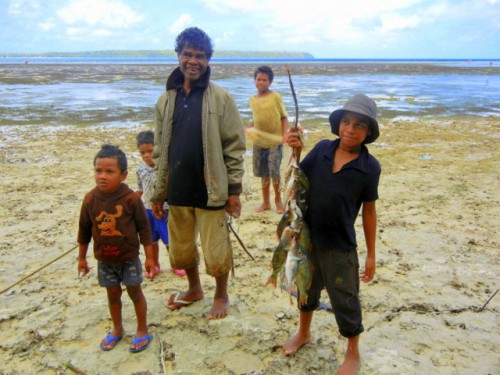
The Kingdom of Tonga. I just love the way that sounds and would love to have an address that included “the kingdom” of something. Only 36 of the 171 islands are inhabited by Tonga’s 100,000 people. The islands in each of the three major island “groups” (Vava’u, Ha’apai and Tongatapu) are within sight of one another and remind us a lot of our much loved San Juan Islands in Washington. There are no marinas here so we are always a ways from shore on a mooring ball or at anchor. The pace is s l o w, relaxed and oh so polite. This is our favorite place since Mexico. The weather has really been a potluck of wind, rain, sun, high winds, torrential rains, clear blue skies and beautiful sunny days but never too hot. Our first two weeks here we felt right at home with grey skies and constant rain showers. One of my daily morning tasks was pumping the rainwater out of the dinghy into a kiddy size inflatable pool that serves as my washing machine. Yes, it rained that hard! Our generator suffered a blown head gasket in Bora Bora so we are no longer able to make water therefore rainwater takes on new importance. Fortunately we have ample water tanks and can get enough water here in Tonga to last during our passage to New Zealand; however, that means very quick showers, and catching rainwater to wash my hair and our clothes.
Tonga is a virtual jewelry box of color; lush emerald forested islands, and water of every imaginable color of blue from deep dark topaz to electric aquamarine. The beaches are luminescent pearl and can be seen from miles at sea. Sometimes the water and the sky just melt into each other with no decipherable boundary. The dirt is deep ruby contrasting sharply with the bleached white, crushed coral covered roads. Below the water the jewel tones repeat themselves in the coral, starfish and fish. All of this makes The Kingdom of Tonga a special place, but the crown jewel of Tonga is it’s people. Tongans are the MOST beautiful, most gracious, most polite people we have ever met. Whether we are walking down the street in the town of Neiafu, walking a road through the Bush or on the path through a village we are always met with a smile and conversation or at least a greeting. We have always felt welcome and accepted.
The children are incredibly beautiful and very friendly. They make us laugh by always greeting us with “bye bye”. I have not seen a child with a bicycle, a skateboard, a doll, a video game or a cell phone. What entertains them? Every day after school hours and Saturdays we love listening to squealing, laughing kids playing in the water all day. They slide down the slippery boat ramps, challenge each other to do diving tricks, push each other off the docks and make up games. All this they do fully dressed. Tongans do not wear bathing suits. Some are in long pants and T-shirts others in shorts and shirts. They demonstrate with pure joy and glee that the best things in life aren’t “things”.
The family pictured above, a father and his four sons, we met on the beach as they were walking back to their camp with their catch of fish. They greeted us with a smile and “malo e lelei” (hello) and were happy to let us take their picture. The mother was further up the beach digging for what looked like big yellow worms about 12 inches long and an inch in diameter. I walked out into the shallow water to ask her about them. She had a five gallon bucket about half full and told me she was going to cook them for her family. This was one of the poorest families we met and yet the father with his beaming smile and only one fllip-flop was so pleased to have us take a picture with his sons. The oldest boy proudly told us he was enrolled in school. A week later we saw school children digging for these same creatures during their lunch break at one of the outer islands. They happily showed me how to stick my finger down the hole and dig from the side with the other hand. It seemed to me sort of like digging shell-less razor clams. We never knowingly ate any of these sand dwellers although you can never be 100% sure of what’s in the “seafood special’ at some of the local restaurants.
Sharing with others is a big part of Tongan culture. The majority of the population does not hold a traditional job. Each family is given two parcels of property, one for residence and one in the Bush for farming. For food they grow what they can, fish or raise cows and pigs, although all the animals here are very undernourished. Pigs of all ages from mini-oinkers to big porkers abound, wandering the streets and roads everywhere - in town, in the church yard, on the beach. I’m sure there are many more pigs in Tonga then dogs. There is no such thing as animal control so dogs are also on the loose everywhere but are very mellow and rarely bark. It seems they are a part of the food chain, but that is not a subject we allow ourselves to think about. Add to this the chickens clucking and the roosters crowing and you have a humorous snapshot of Tongan wildlife.
There are four schools here, each with a different color of uniform - blue, green, maroon, and orange - providing a sea of color in town as all the schools finish their day at the same time. All the girls wear jumpers and blouses and their beautiful black shiny hair in French braids with satin ribbons to match their uniforms. The boys wear the traditional tupenu (wraparound skirt) in school colors and some also wear a ta’ovala.
We love seeing the Tongans wearing their traditional dress. Mostly businessmen wear the tupenu and ta’ovala, a woven mat wrapped around the waist and secured with a braided coconut fiber belt. In Tongan society a ta’ovala is the equivalent of a coat and tie and shows respect for God, King and country. On formal occasions it is unthinkable to appear without one. Women also wear the ta’ovala or can opt to wear another style called a kiekie, which is more like a belt with ornate woven bands hanging from the waist.
The Tongan Feast is a major source of income for the villages that host them. We were fortunate to attend a somewhat nontraditional feast and cultural demonstration at a village called Utulei. We were picked up at a dock in the harbor and ferried by a small boat run by one of the villagers to the island. We were greeted with flower leis and beautiful harmonious singing and music by what they call a string band, ukuleles and guitars. The setting was just off the beach in a large grassy yard in front of a beautiful colonial style home. The history of this home is a story in itself to be told later. The Tongan women weave beautiful baskets and mats and the baskets we bought at Utelei we have come to realize are exceptionally well crafted. During the first part of the evening we were shown how the grasses and fibers are prepared for weaving and then a demonstration of making baskets and mats. When the mat is large many women work on it at the same time, kind of like quilting in the U.S. Most villages have community halls where the women gather daily to weave. Mats are given as gifts for newlyweds, births, new homes, birthdays or celebrations. An abundance of mats is a sign of wealth. The mats range in size from one to be worn as a ta’ovala or large enough for a floor covering. A large finely woven mat can take months to finish with three to five weavers working on it. Next we learned how tapas are made by pounding bark into a soft supple mat and then laid over a raised pattern on wood and rubbed with a dye made from plants to add a pattern to the tapa. All patterns are finished with a black outline. Tapas are the Tongan version of fabric. SO much work! Next we watched a ten year old climb a palm tree to retrieve a coconut (without a safety net). He was so fast and totally fearless. I did the worrying for his safety!
We had heard and read so much about kava and the ceremony surrounding it that we were really pleased that it was part of this feast. Our hostess explained the history of kava as it relates to their culture and traditions and what the gestures meant demonstrated by the young lady as she pounded the kava root with a large rock. Water was added, swished around and strained with palm fibers and the brown liquid was offered to all who wanted to participate. A Tongan phrase was said and then one at a time we would say our name to signal our desire to drink the kava from a coconut shell. The kava has a very distinct taste commonly described as “dirt”. We agreed with that description. The affects you feel from the kava depends on how strong the mixture is brewed and how much you drink, just like beer and wine…surprise! Some people experience tingling in their mouth, others who imbibe a bit more get mellow.
The feast was not the traditional pig roast but instead was a buffet of Tongan foods grown or harvested by the villagers, including breadfruit, coconut, chicken, fish, octopus, mussels, sweet potatoes, papayas and mangoes. It was all very tasty. And then the dancing began. Three little girls, three and five years old, were so adorable - dressed in their costumes doing elegant hand and foot movements. The older girls followed in tapa cloth costumes with ornate headdresses. Our favorite dance of the night was called a “sit down” dance and was just that. All the movements were from the waist up. A line of dancers, boys and girls, danced with unbelievable energy, beautiful smiles and sparkling eyes. Their energy and enthusiasm was contagious. A tradition here is for the dancers to slather coconut oil on their bodies so pa’anga (dollars) can be stuck on them to show appreciation for how well they dance. We were happy to participate in this fun tradition. This village of Utulei became a very special place for us. We were invited to attend their church service on Sunday and loved the experience of hearing the beautiful harmonious singing that always gives me goose bumps. I felt very honored when Topou loaned me a ta’avala to wear to the service. Afterward we sat on the porch of the grand colonial home and chatted with the owner, Topou, a very interesting lady worthy of another story, and the minister. They shared stories and answered our endless questions graciously. Our Utulei experience is on our top ten “bests” list.
We have spent time snorkeling amazing coral reefs, seen a wide variety of sea life, and even chanced swimming with grey whales. We never tire of the amazing sights the ocean offers up whether in anchorages or on passages. We absolutely love Tonga, the landscape and the people. It has been by far our favorite place in the South Pacific. We hope to return next year to explore all the places we didn’t get to this year due to weather or lack of time. We are now preparing for our last big passage of the season, Tonga to Opua, New Zealand - a distance of 1275 nautical miles. We are hoping it will be a comfortable passage without the “weather drama” or maybe that word should be “trauma” we experienced on our passage from Bora Bora.
We created a route from Bora Bora to Niue that put a little more distance on our passage but would allow us to avoid a front of unsettled weather. We had great sailing the first week out and then found ourselves in the path of a returning front that clocked around and slammed us with consistent winds of 35 knots gusting to 42 knots. The seas were the biggest we have seen yet, 15-20 feet off our stern quarter. At times we were racing down the waves at nine knots. Compounding this scenario was pouring rain and a non functioning steering vane (due to a chaffed line). After two hours of exhausting hand steering (Bob) and hanging off the stern by a tether to rethread a line through the pulleys (Linda) we regained use of the self steering vane. Victory! We were able to heave- to and calm the action so we could rest and resume our watches for the next eighteen hours. Unfortunately, the storm determined our point of sail and we were not able to stay on course for Niue without beating into the reduced but still large and unsettled waves. So with Niue in our rearview mirror we headed straight for Tonga.
So, we are looking forward to getting out on the “big’blue” again and anxious to arrive in Opua, New Zealand. If all the conditions are favorable we plan to stop at Minerva Reef for a few days’ break in our passage. We’ll update our adventures again once we are settled in the marina (I can hardly wait!) at our final destination of this cruising season, Whangarei, NZ. WOOHOO!
Internet in the South Pacific is very unpredictable and very, very slow so keeping our blog current has been a challenge. Thanks for checking in with us!
Tonga is a virtual jewelry box of color; lush emerald forested islands, and water of every imaginable color of blue from deep dark topaz to electric aquamarine. The beaches are luminescent pearl and can be seen from miles at sea. Sometimes the water and the sky just melt into each other with no decipherable boundary. The dirt is deep ruby contrasting sharply with the bleached white, crushed coral covered roads. Below the water the jewel tones repeat themselves in the coral, starfish and fish. All of this makes The Kingdom of Tonga a special place, but the crown jewel of Tonga is it’s people. Tongans are the MOST beautiful, most gracious, most polite people we have ever met. Whether we are walking down the street in the town of Neiafu, walking a road through the Bush or on the path through a village we are always met with a smile and conversation or at least a greeting. We have always felt welcome and accepted.
The children are incredibly beautiful and very friendly. They make us laugh by always greeting us with “bye bye”. I have not seen a child with a bicycle, a skateboard, a doll, a video game or a cell phone. What entertains them? Every day after school hours and Saturdays we love listening to squealing, laughing kids playing in the water all day. They slide down the slippery boat ramps, challenge each other to do diving tricks, push each other off the docks and make up games. All this they do fully dressed. Tongans do not wear bathing suits. Some are in long pants and T-shirts others in shorts and shirts. They demonstrate with pure joy and glee that the best things in life aren’t “things”.
The family pictured above, a father and his four sons, we met on the beach as they were walking back to their camp with their catch of fish. They greeted us with a smile and “malo e lelei” (hello) and were happy to let us take their picture. The mother was further up the beach digging for what looked like big yellow worms about 12 inches long and an inch in diameter. I walked out into the shallow water to ask her about them. She had a five gallon bucket about half full and told me she was going to cook them for her family. This was one of the poorest families we met and yet the father with his beaming smile and only one fllip-flop was so pleased to have us take a picture with his sons. The oldest boy proudly told us he was enrolled in school. A week later we saw school children digging for these same creatures during their lunch break at one of the outer islands. They happily showed me how to stick my finger down the hole and dig from the side with the other hand. It seemed to me sort of like digging shell-less razor clams. We never knowingly ate any of these sand dwellers although you can never be 100% sure of what’s in the “seafood special’ at some of the local restaurants.
Sharing with others is a big part of Tongan culture. The majority of the population does not hold a traditional job. Each family is given two parcels of property, one for residence and one in the Bush for farming. For food they grow what they can, fish or raise cows and pigs, although all the animals here are very undernourished. Pigs of all ages from mini-oinkers to big porkers abound, wandering the streets and roads everywhere - in town, in the church yard, on the beach. I’m sure there are many more pigs in Tonga then dogs. There is no such thing as animal control so dogs are also on the loose everywhere but are very mellow and rarely bark. It seems they are a part of the food chain, but that is not a subject we allow ourselves to think about. Add to this the chickens clucking and the roosters crowing and you have a humorous snapshot of Tongan wildlife.
There are four schools here, each with a different color of uniform - blue, green, maroon, and orange - providing a sea of color in town as all the schools finish their day at the same time. All the girls wear jumpers and blouses and their beautiful black shiny hair in French braids with satin ribbons to match their uniforms. The boys wear the traditional tupenu (wraparound skirt) in school colors and some also wear a ta’ovala.
We love seeing the Tongans wearing their traditional dress. Mostly businessmen wear the tupenu and ta’ovala, a woven mat wrapped around the waist and secured with a braided coconut fiber belt. In Tongan society a ta’ovala is the equivalent of a coat and tie and shows respect for God, King and country. On formal occasions it is unthinkable to appear without one. Women also wear the ta’ovala or can opt to wear another style called a kiekie, which is more like a belt with ornate woven bands hanging from the waist.
The Tongan Feast is a major source of income for the villages that host them. We were fortunate to attend a somewhat nontraditional feast and cultural demonstration at a village called Utulei. We were picked up at a dock in the harbor and ferried by a small boat run by one of the villagers to the island. We were greeted with flower leis and beautiful harmonious singing and music by what they call a string band, ukuleles and guitars. The setting was just off the beach in a large grassy yard in front of a beautiful colonial style home. The history of this home is a story in itself to be told later. The Tongan women weave beautiful baskets and mats and the baskets we bought at Utelei we have come to realize are exceptionally well crafted. During the first part of the evening we were shown how the grasses and fibers are prepared for weaving and then a demonstration of making baskets and mats. When the mat is large many women work on it at the same time, kind of like quilting in the U.S. Most villages have community halls where the women gather daily to weave. Mats are given as gifts for newlyweds, births, new homes, birthdays or celebrations. An abundance of mats is a sign of wealth. The mats range in size from one to be worn as a ta’ovala or large enough for a floor covering. A large finely woven mat can take months to finish with three to five weavers working on it. Next we learned how tapas are made by pounding bark into a soft supple mat and then laid over a raised pattern on wood and rubbed with a dye made from plants to add a pattern to the tapa. All patterns are finished with a black outline. Tapas are the Tongan version of fabric. SO much work! Next we watched a ten year old climb a palm tree to retrieve a coconut (without a safety net). He was so fast and totally fearless. I did the worrying for his safety!
We had heard and read so much about kava and the ceremony surrounding it that we were really pleased that it was part of this feast. Our hostess explained the history of kava as it relates to their culture and traditions and what the gestures meant demonstrated by the young lady as she pounded the kava root with a large rock. Water was added, swished around and strained with palm fibers and the brown liquid was offered to all who wanted to participate. A Tongan phrase was said and then one at a time we would say our name to signal our desire to drink the kava from a coconut shell. The kava has a very distinct taste commonly described as “dirt”. We agreed with that description. The affects you feel from the kava depends on how strong the mixture is brewed and how much you drink, just like beer and wine…surprise! Some people experience tingling in their mouth, others who imbibe a bit more get mellow.
The feast was not the traditional pig roast but instead was a buffet of Tongan foods grown or harvested by the villagers, including breadfruit, coconut, chicken, fish, octopus, mussels, sweet potatoes, papayas and mangoes. It was all very tasty. And then the dancing began. Three little girls, three and five years old, were so adorable - dressed in their costumes doing elegant hand and foot movements. The older girls followed in tapa cloth costumes with ornate headdresses. Our favorite dance of the night was called a “sit down” dance and was just that. All the movements were from the waist up. A line of dancers, boys and girls, danced with unbelievable energy, beautiful smiles and sparkling eyes. Their energy and enthusiasm was contagious. A tradition here is for the dancers to slather coconut oil on their bodies so pa’anga (dollars) can be stuck on them to show appreciation for how well they dance. We were happy to participate in this fun tradition. This village of Utulei became a very special place for us. We were invited to attend their church service on Sunday and loved the experience of hearing the beautiful harmonious singing that always gives me goose bumps. I felt very honored when Topou loaned me a ta’avala to wear to the service. Afterward we sat on the porch of the grand colonial home and chatted with the owner, Topou, a very interesting lady worthy of another story, and the minister. They shared stories and answered our endless questions graciously. Our Utulei experience is on our top ten “bests” list.
We have spent time snorkeling amazing coral reefs, seen a wide variety of sea life, and even chanced swimming with grey whales. We never tire of the amazing sights the ocean offers up whether in anchorages or on passages. We absolutely love Tonga, the landscape and the people. It has been by far our favorite place in the South Pacific. We hope to return next year to explore all the places we didn’t get to this year due to weather or lack of time. We are now preparing for our last big passage of the season, Tonga to Opua, New Zealand - a distance of 1275 nautical miles. We are hoping it will be a comfortable passage without the “weather drama” or maybe that word should be “trauma” we experienced on our passage from Bora Bora.
We created a route from Bora Bora to Niue that put a little more distance on our passage but would allow us to avoid a front of unsettled weather. We had great sailing the first week out and then found ourselves in the path of a returning front that clocked around and slammed us with consistent winds of 35 knots gusting to 42 knots. The seas were the biggest we have seen yet, 15-20 feet off our stern quarter. At times we were racing down the waves at nine knots. Compounding this scenario was pouring rain and a non functioning steering vane (due to a chaffed line). After two hours of exhausting hand steering (Bob) and hanging off the stern by a tether to rethread a line through the pulleys (Linda) we regained use of the self steering vane. Victory! We were able to heave- to and calm the action so we could rest and resume our watches for the next eighteen hours. Unfortunately, the storm determined our point of sail and we were not able to stay on course for Niue without beating into the reduced but still large and unsettled waves. So with Niue in our rearview mirror we headed straight for Tonga.
So, we are looking forward to getting out on the “big’blue” again and anxious to arrive in Opua, New Zealand. If all the conditions are favorable we plan to stop at Minerva Reef for a few days’ break in our passage. We’ll update our adventures again once we are settled in the marina (I can hardly wait!) at our final destination of this cruising season, Whangarei, NZ. WOOHOO!
Internet in the South Pacific is very unpredictable and very, very slow so keeping our blog current has been a challenge. Thanks for checking in with us!
Comments
| Vessel Name: | Bright Angel |
| Vessel Make/Model: | 1990 Mason 44 Hull # 141 |
| Hailing Port: | Olympia, WA |
| Crew: | Linda & Bob Hargreaves |
| About: | |
| Extra: |
Bright Angel's Photos - Main
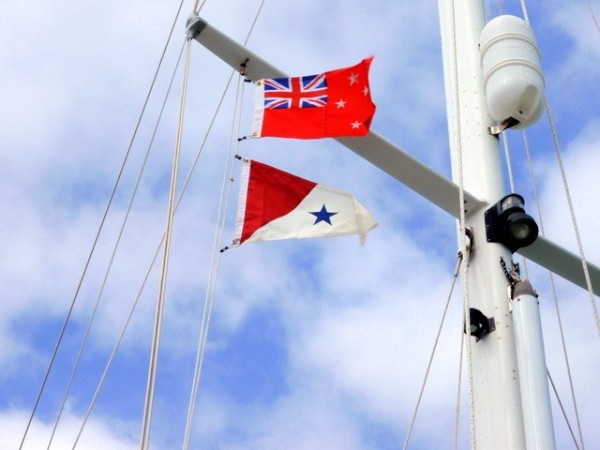 |
Our first stop, where we cleared into New Zealand, was Opua. Before moving south to Whangarei we visited some of the local sights.
17 Photos
Created 25 June 2013
|
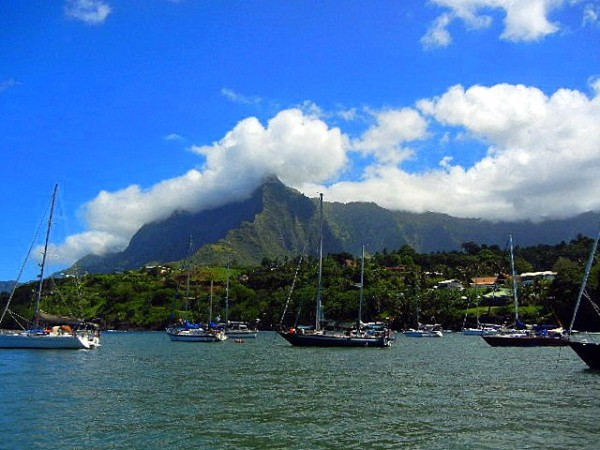 |
Hiva Oa was our first "Landfall in Paradise" after leaving Mexico, and our introduction to life in the islands of French Polynesia.
14 Photos
Created 6 August 2012
|
Sail Bright Angel
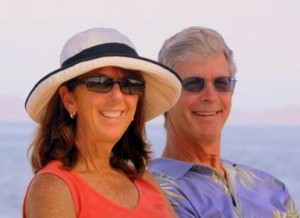
Who: Linda & Bob Hargreaves
Port: Olympia, WA
Current Position
Favorite Links
- John & Lisa on SV Orcinius
- Bill & Cat on SV Island Bound
- Bob & Ann on SV Charisma
- Chris & Rani on SV Ladybug
- Craig & Bruce on SV Gato Go
- Jon & Carol on SV Arnamentia
- Jon & Heather on SV Evergreen
- Ken & Beth on SV Eagles Wings
- Mark & Anne on SV Blue Rodeo
- Pat & John on SV The Rose
- Rich & Cyndi on SV Legacy
- Sail Bright Angel
